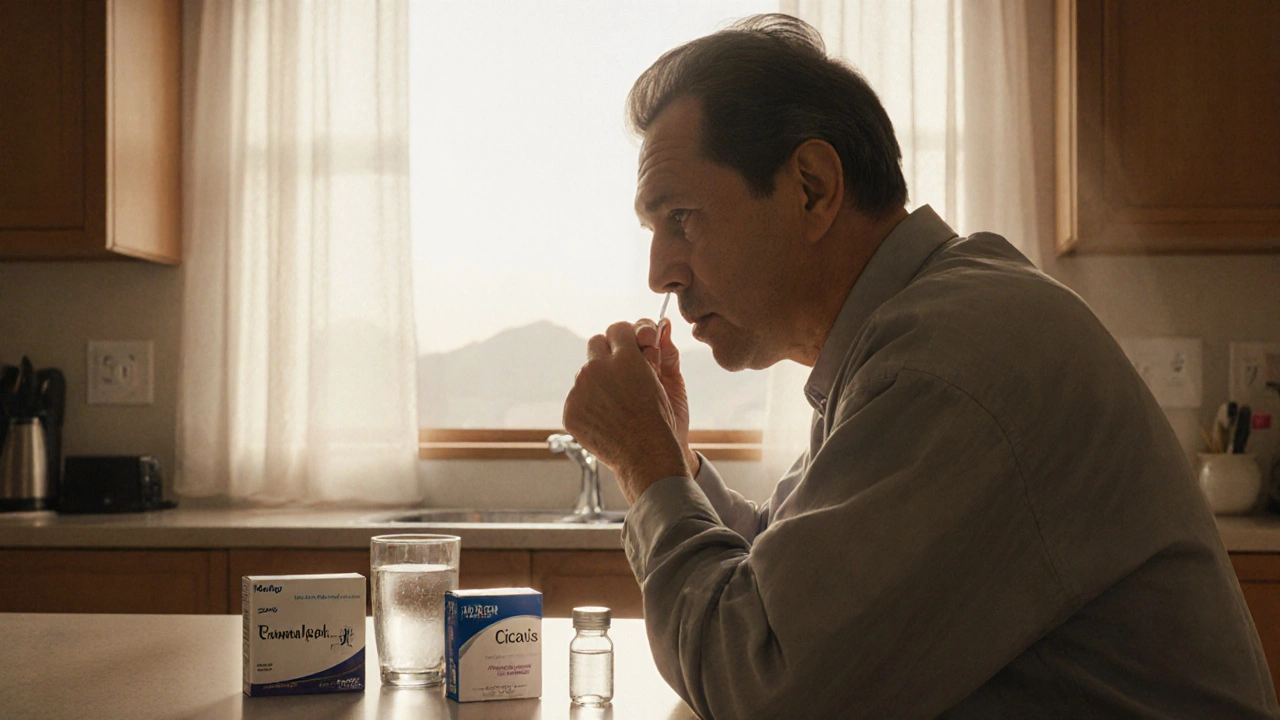Compare Cialis Daily with other ED treatments like Viagra, Levitra, Stendra, and generics. Find out which option offers the best balance of convenience, effectiveness, and safety for your lifestyle.
Tadalafil: What It Is, How It Works, and What You Need to Know
When you hear Tadalafil, a long-acting PDE5 inhibitor used to treat erectile dysfunction and symptoms of an enlarged prostate. Also known as Cialis, it works by relaxing blood vessels in the penis, letting more blood flow in when you’re aroused. Unlike some other ED pills that last only a few hours, Tadalafil can work for up to 36 hours—why some call it the "weekend pill." It’s not a magic fix—it needs sexual stimulation to kick in—but it gives you more flexibility in timing.
Tadalafil doesn’t just help with erections. It’s also approved for treating benign prostatic hyperplasia, a non-cancerous enlargement of the prostate that causes frequent urination, weak stream, and nighttime bathroom trips. Many men take it daily at low doses to manage both issues at once. It’s one of the few medications that can handle both conditions without needing separate prescriptions. If you’re on blood pressure meds or have heart concerns, talk to your doctor first—Tadalafil can interact with nitrates and cause dangerous drops in blood pressure.
Compared to Sildenafil, the active ingredient in Viagra, Tadalafil lasts longer but kicks in a bit slower—usually 30 to 60 minutes versus 15 to 30 for Sildenafil. It’s also less likely to cause blue-tinted vision or nasal congestion, though headaches and back pain are more common. If you’ve tried other ED pills and didn’t like the side effects or short window of effectiveness, Tadalafil might be worth considering. But it’s not for everyone. People with severe liver or kidney disease, low blood pressure, or a history of stroke or heart attack should use it with caution—or avoid it entirely.
What you’ll find in the posts below isn’t just a list of drug facts. It’s real-world comparisons: how Tadalafil stacks up against Sildamax, Levitra, and other ED treatments. You’ll see what users actually experience—duration, side effects, cost differences, and how to buy safely online. There’s also insight into how it fits into broader sexual health, including what happens when it’s used alongside other meds like blood pressure drugs or antidepressants. No fluff. No marketing. Just what works, what doesn’t, and what you need to ask your doctor before starting.

